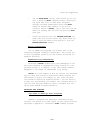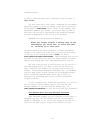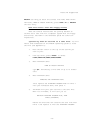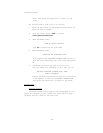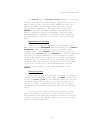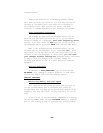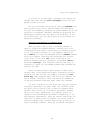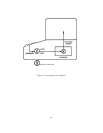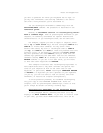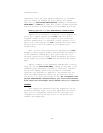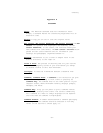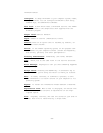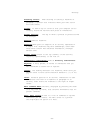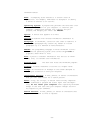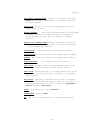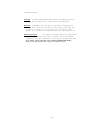
Notes and Suggestions
you want to generate for which your keyboard has no keys. Or
you may want ThinkTank’s text editing commands to be consis—
tent with a word processor you’re accustomed to.
You can reconfigure ThinkTank’s command keys with the
UTILITIES/KEYS command. The procedure is described in the
reference guide.
However, we recommend caution in reconfiguring Think—
Tank’s command keys. When we preconfigured ThinkTank to your
computer, we carefully considered its special features and
characteristics. If you reconfigure them, use the same care.
For example, suppose you have an Apple II computer, which
has no up and down arrow keys. We have configured CTRL—O and
CTRL—K to invoke these commands. You may think: “That
doesn’t make sense; why don’t I reconfigure them to CTRL—U
(for up) and CTRL—D (for down)?” There are problems with this
solution. First, on the Apple II, pressing the right arrow
key also generates the code CTRL—U; thus you would have two
command keys generating the same ASCII code for two different
commands! Second, CTRL-.D is already in use for the editor’s
DELETE command. If you use it for down arrow, you will have
to find some other keystroke for DELETE.
This example illustrates that reconfiguring keystrokes is
more complicated than it may seem. Consider the special fea-
tures of your computer as well as the other uses of each
keystroke. In particular, never reconfigure CARRIAGE RETURN
or ESCAPE to a keystroke you can’t generate on your keyboard.
(If you do, you won’t be able to load an outline, exit from
ThinkTank, or restore the original configuration.)
To avoid potential problems, we recommend reconfiguring
only your copy of the THINKTANK PROGRAM DISK. Leave the
original, with its preconfigured command keys, intact so that
you’ll always be certain of having a working copy.
Reconfiguring SHOW—MENU in the Paragraph Editor
In the paragraph editor, pressing the slash (“/”) key
displays the EDIT Command Menu. If you want to insert-a slash
in your text, you must enter INSERT mode first. This can be
—85—



